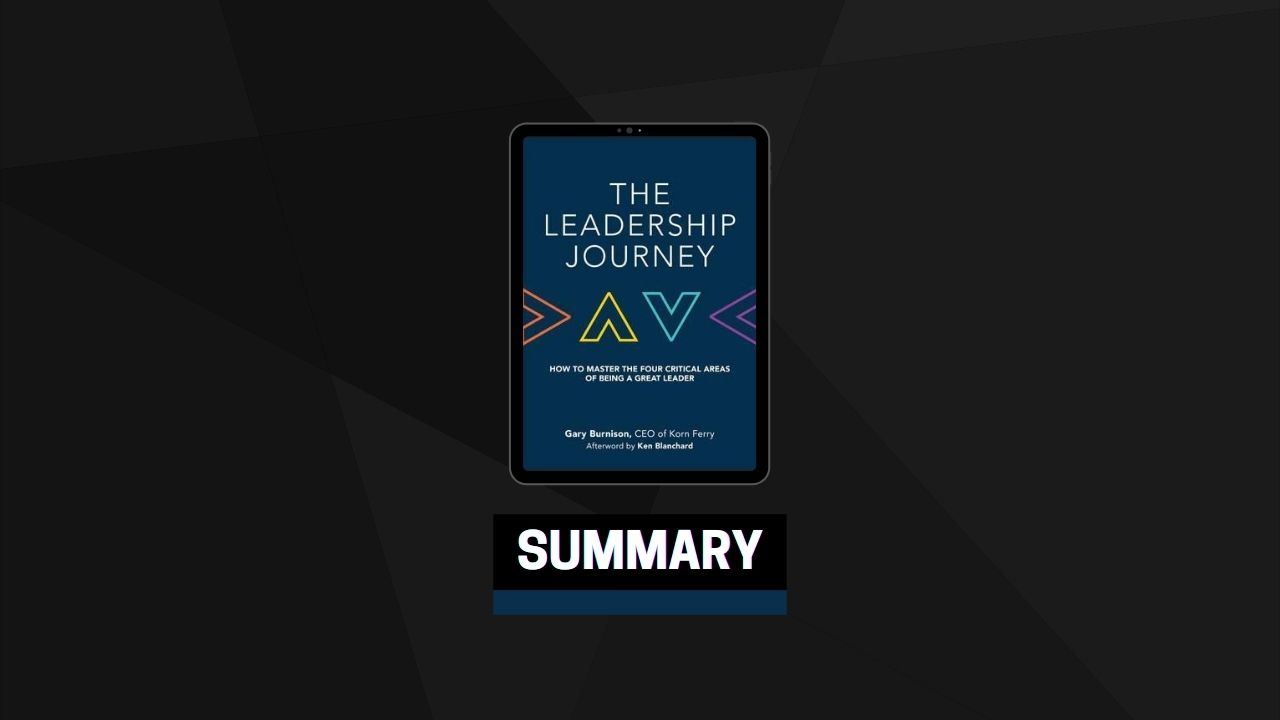A Leader’s Path
In the flurry of leadership books, from the theoretical to the inspirational, it’s easy to overlook the profoundly simple: The first word in leadership is, literally, lead. But in order to lead others, you must, first, lead yourself. The change you wish to see in others begins with the person you see in the mirror; it is virtually impossible to improve an organization unless you improve yourself.
Adventurous leaders know the topography—the map of the leadership world and the human brain. They understand that throughout the day—from dawn to dark, and often well into the night—they must continuously address four crucial aspects of leadership:
- Look in the Mirror
- Embody Purpose
- Don’t Walk Alone
- Navigate Beyond the Horizon
To master these four critical areas, the leader looks “outside- in” at the forces that will influence the journey, as well as “inside-out” at the organizational capability and alignment. To lead, you must walk this way—all in, all the time!
#1 Leading Others Begins by First Leading Yourself
The Accountability You Want to see in Others Starts with You.
As the leader, you are responsible for what goes on in your organization. Model the leadership behavior that empowers others. The changes and accountability that you want to see at every level start with you. Your attitude and actions cascade throughout the organization, creating followership. So believe it, say it, mean it, and act it. Consistency is paramount.
Survival of the Self-Aware.
You think you’re this, but you’re really that. You think you are very good at inspiring and motivating people, but they don’t feel it. You think you’re exceptional at strategy, but others don’t perceive you that way.
Having a mirror to reflect who you are is great. But you need to be able to see it clearly. Self-awareness clears the fog.
You are the Face of the Organization.
Standing at the top, the apex of the pyramid, you experience a colossal difference. As “the” leader you are viewed as a function first—the CEO—and a person second. It’s not about you (it never is, don’t forget). It’s about the job that you represent.
The Job is not Yours Forever.
Here is the paradox: As the leader, you must fully and totally embody that function as a steward of the organization, the role model of the purpose and vision, and a shepherd of the team. As all-encompassing as that job is, though, it doesn’t belong to you.
#2 Start with the “Why”—The Purpose of the Journey
Purpose Precedes the First Step.
Leaders and followers alike must understand the “why”—the purpose of the journey—before they can take the first step along a path that will take them many years and thousands of miles (literally or figuratively).
Knowing the “Why” Creates the Shift from “Me” to “We.”
The reality is that thousands of employees could be making hundreds of decisions every day. You will not be looking over their shoulders, nor could you. Rather, your job is to paint the left and right lines, set the destination, alter course if needed, and, most importantly, anchor the organization in purpose. Giving people a sense of “why” they are doing what they do transforms self-interest to shared interest.
The Companion of Purpose is Vision.
If purpose is the “why,” then vision is the “what.” Vision is best thought of as the picture of “what” is to be accomplished—“what” the organization will look like when the purpose is realized. Together, purpose and vision form the basis of leadership. Although leadership styles may differ, purpose is always the driving force behind achieving the vision.
Describe the Vision with Words that Resonate.
What is your vision? Can you describe it in a way that others can see it clearly? If it’s vague in your mind, it will be impossible for others to see it. That’s why companies set their destinations with “vision statements” that vividly paint purpose.
In 1980, Steve Jobs’s mission statement for Apple was, “To make a contribution to the world by making tools for the mind that advance humankind.” LinkedIn evokes community-building in its mission: “Connect the world’s professionals to make them more productive and successful.” Outdoor clothing and gear company Patagonia offers an all-encompassing statement that succinctly describes a vision of doing good in the world: “Build the best product, cause no unnecessary harm, use business to inspire and implement solutions to the environment crisis.” IKEA’s vision is as straightforward and functional as its line of home goods and furnishings: “…to create a better everyday life for many people.”
#3 People Make the Journey Successful
The Simple Truth: It’s All About the People.
To be a leader, you can’t journey alone. Leadership requires followership. To create followership, leaders must meet people where they are. To lead is to make an emotional connection on a very real and human level in every interaction. As a leader, you must commit to meeting the needs of those who follow. Think shepherd: occasionally in front, sometimes beside, but mostly behind.
Who’s on the Team?
It comes down to talent. Without the talent, there is no performance. Think like a coach, drafting players who fit the offense for today as well as for tomorrow. In other words, pick people who can evolve with the organization’s strategic direction but also fit the reality and culture of today.
Choosing People for the Team: Listen for the “We.”
People who aren’t afraid to use “we” in their success stories showcase their self-confidence by willingly giving credit to others. This is far more impactful than just saying “I’m a team player” but having no evidence of that fact.
In addition, listen for the way people make emotional connections—the energy with which they speak. Does the person speak with confidence and authority? If so, then you have an indication of how well he or she will connect with coworkers, team members, clients, and others. In addition, the way the person uses stories demonstrates his or her ability to enliven communication and connect with others—expressing ideas in a way that makes other believe.
Taking the First Step.
Start with the purpose, the vision, and the ensuing strategy. From there, contemplate the skills, competencies, and leadership characteristics needed for each initiative in the plan. Ask yourself: How should we appear in front of customers to achieve our vision? Hire, train, and develop against these attributes.
#4 Anticipate What is Around the Next Bend
You cannot Navigate If You are not in the Present Moment.
Navigation happens in real time, moment to moment. To be a leader/navigator, you must be (in the words of Ken Blanchard) the “president of the present.” Today’s reality is the starting point. But if you only look at your feet, you won’t get where you need to go. For that reason, as Ken also advises, you must be the “president of the future.” Both—at the same time. As the leader you are constantly going back and forth, between the present you see and the future you want to realize, in order to generate the momentum that keeps the organization moving forward. Otherwise, you will only be the “pilot of the inevitable,” thinking that you’re charting the course while, in reality, you’re only riding the currents swirling around you.
You Can’t Lead What You Can’t Measure.
As compelling as the destination is, for much of the journey it is an elusive, faraway target. The more intangible the end result, the more people will wonder (and grumble): “Are we there yet?” The answer can be provided by measuring, producing data that tell people how far they’ve come and how much more they have to travel. Measuring utilizes the markers that delineate the journey into achievable segments, which can then be acknowledged and celebrated.
Focus on Relevancy.
If the data being collected and analyzed aren’t relevant, they waste time and energy that should be focused elsewhere. Only by measuring and monitoring what matters most, can the leader get past the initial launch sequence to the next phase of sustained travel, when the starting point is far behind
It’s not Just the Data, But What You do with the Data.
As surely as the sun rises in the east and sets in the west, so the vision of the journey needs execution to become reality. And execution needs systematic process and relevant measurement to become effective strategy. That is obvious. All companies do the expected: measuring the top and bottom lines, margins, costs, and so forth. But that’s just the beginning. More important than the results and the data gathered are what you do with them.
Scrutinize Wins as Much as Losses.
Regardless of outcome, immediately after a game, a great coach always watches the tape. Any leader must do the same, particularly when things are going well.
Lead Outside-In and Inside-Out.
Leadership does not happen behind a desk. It’s found among the people, both outside-in (checking with customers and other external stakeholders) and inside-out (gathering feedback from employees). Leaders who don’t follow this thinking do so at great risk.
Final Word
Look in the mirror—developing the self-awareness to lead yourself first with full knowledge of your strengths and weaknesses.
Embody purpose—the “why.” At every juncture purpose is your fixed point—your True North—by which you navigated.
Don’t walk alone—always remembering that leadership is a journey with others. Because there is no leadership without followership, you become the message and commit to being “in the moment” at every step.
Navigate beyond the horizon—plotting the course beyond the line of sight of what everyone else can see. You anticipate what is around the next bend but not yet visible, and correct your course in real time.
These are the constants of every leadership journey, no matter where the organization is headed.
A journey, however, is an accumulation of many moments—each a renewal of your aspiration toward the destination.
And that’s why, as they say, “It’s all about the journey.”


